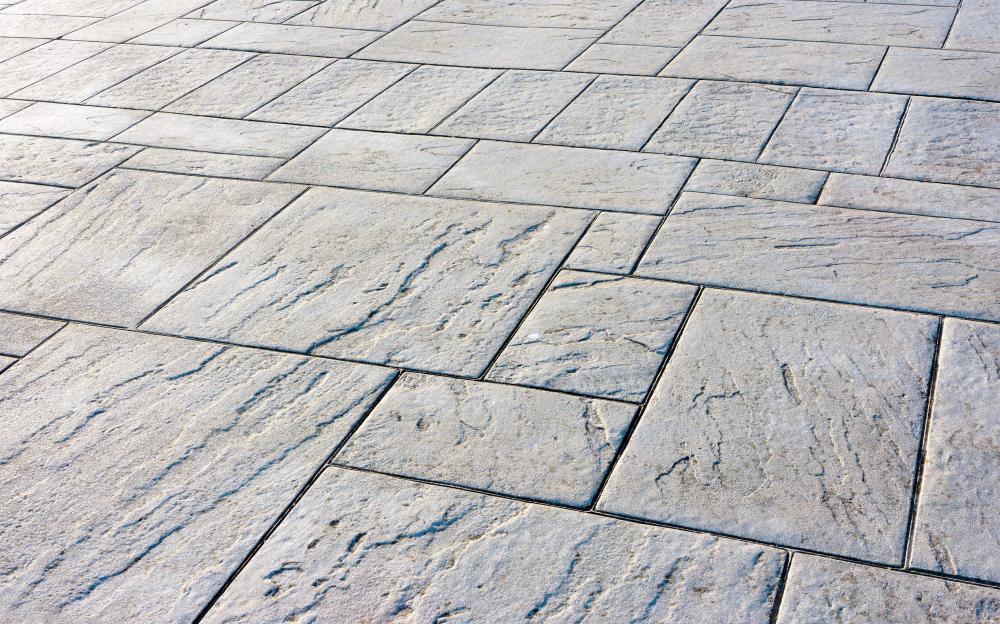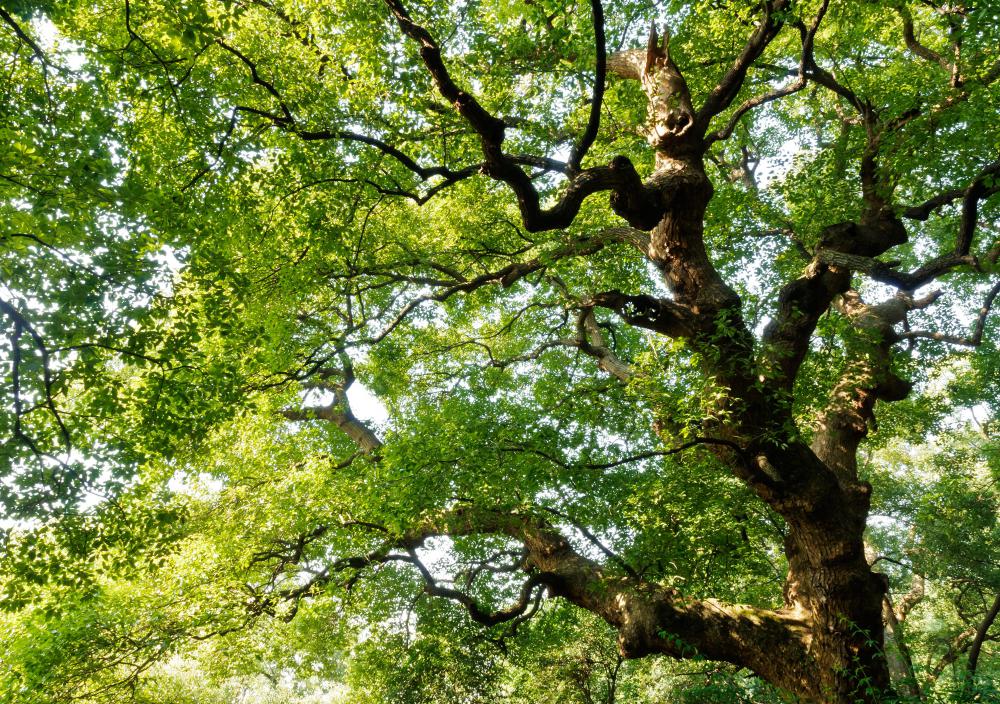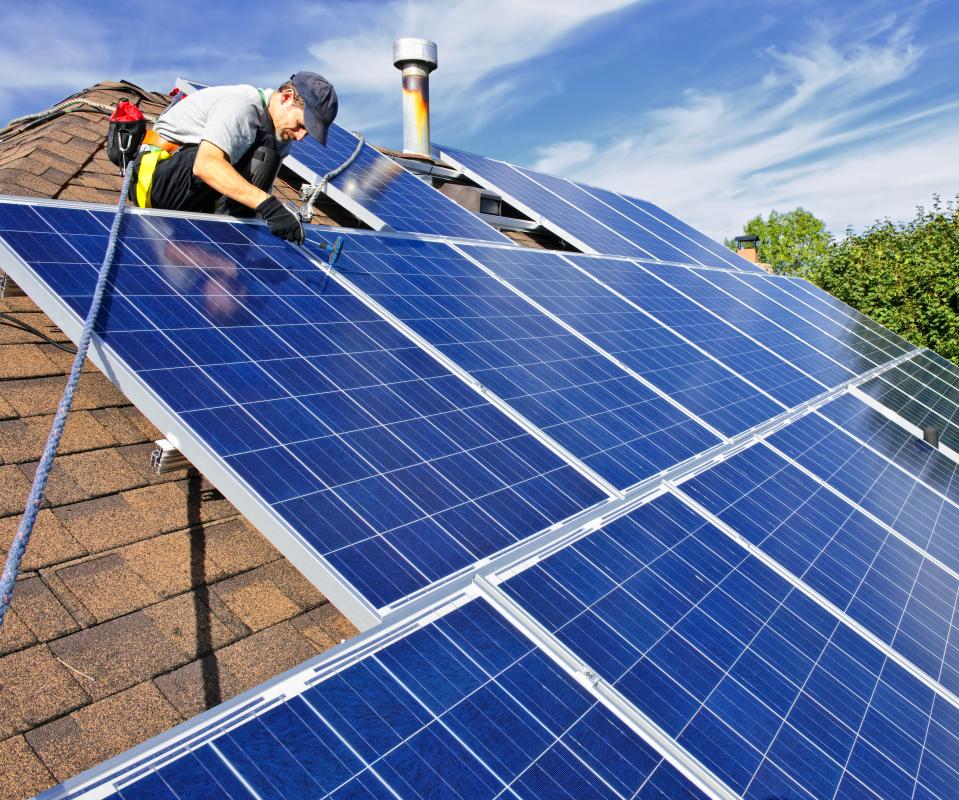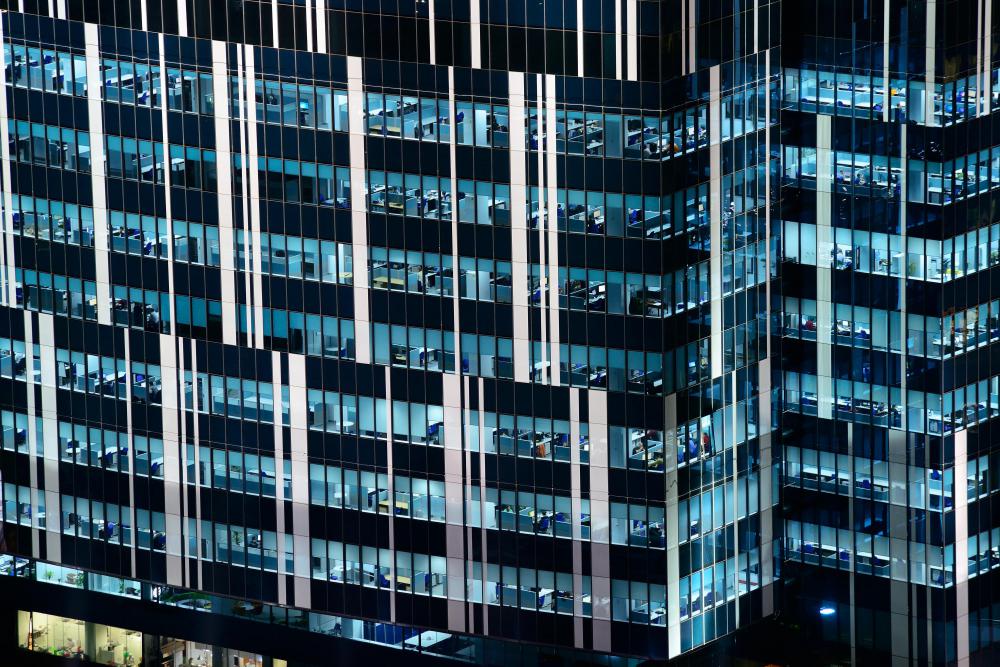At AllThingsNature, we're committed to delivering accurate, trustworthy information. Our expert-authored content is rigorously fact-checked and sourced from credible authorities. Discover how we uphold the highest standards in providing you with reliable knowledge.
What is Environmental Design?
Environmental design is often confused with ecodesign, also known as green design, but the two are not the same. Ecodesign is one aspect of this discipline, and addresses sustainability concerns, but environmental design is a much broader field that involves taking the surrounding environment into account when planning a design. When successful, it is a synergy between a building, landscape, or even a product and its surroundings, to the benefit of both.
Although the movement itself first came to light in the 1940s, environmental design is nothing new. Ancient Greeks built houses facing south, which kept them cooler in the summer and warmer in the winter due to the seasonal orientation of the sun. The Romans continued this practice, and began putting glass panes in windows to allow light in without allowing heat to escape, which evolved into the creation of greenhouses to cultivate exotic plants from much warmer climates. Various cultures around this time also created solar panels from curved sheets of metal that could capture the heat of the sun and turn it into usable heat for cooking, bathing, and home comfort.

Modern environmental design still uses many concepts passed down from the ancients, and new technology and ideas continuously evolve. Various energy crises over the years have led architects and city planners to plan buildings around the relative location of the sun and other natural formations like trees, mountains, and bodies of water in attempts to increase energy efficiency. Windows are oriented to allow maximum sunlight penetration in winter and minimum in summer to cut climate control costs. Large buildings in warm climates are built with stone floors to assist in cooling, and often have louvered windows that allow light to penetrate indirectly, keeping the heat outside.

This discipline applies to outdoor design as well. Responsible landscape designers will only use plants native to the region to avoid the invasion of foreign species, and desert gardens are likely to be xeriscaped, using cactus in rock and pebble beds to eliminate the need for irrigation. Thorny hedges under windows deter break-ins, and large shade trees outside large windows reduce energy needs. Outdoor lighting can easily contain a small solar panel that will collect enough energy during daylight hours to power it all night long without the use of electricity.

The United States Green Building Council began the Leadership in Energy and Environmental Design (LEED®) certification system in 1998 to recognize sustainably designed buildings. These buildings often incorporate solar energy, wind energy, and even geothermal energy to create a zero-emissions state, with the building itself producing all of the energy it needs to run. The most efficient of these actually produce more energy than they need, which they then sell to electric companies for use by consumers.

At its root, environmental design is not necessarily about new technology, although recent advances have furthered the field considerably. It is about using what is already there, instead of demolishing and leveling a building site, for example. Working with the imperfections and unique aspects of each individual site ultimately makes the end product operate more smoothly, at a lower cost.
Frequently Asked Questions
What is environmental design?

Environmental design is an interdisciplinary approach that integrates ecological, psychological, and cultural aspects to create sustainable environments. It focuses on designing buildings, landscapes, and urban spaces that are in harmony with their surroundings, aiming to minimize negative impacts on the environment while enhancing human well-being and functionality.
How does environmental design contribute to sustainability?
Environmental design contributes to sustainability by reducing resource consumption, energy use, and waste. It promotes the use of renewable resources, enhances energy efficiency, and encourages the conservation of ecosystems. By prioritizing these principles, environmental design helps to create spaces that support both ecological balance and human needs over the long term.
What are some key principles of environmental design?
Key principles of environmental design include site-specific design, energy efficiency, water conservation, material sustainability, and the creation of healthy environments. These principles guide the design process to ensure that the built environment works with natural systems rather than against them, fostering a symbiotic relationship between humans and nature.
Can environmental design improve quality of life?
Yes, environmental design can significantly improve quality of life by creating spaces that are aesthetically pleasing, functional, and healthy. It considers factors like natural light, air quality, and acoustics, which can reduce stress, enhance comfort, and promote well-being. Thoughtfully designed environments also encourage social interaction and physical activity, contributing to overall life satisfaction.
What role does technology play in environmental design?
Technology plays a crucial role in environmental design by providing tools for simulation, analysis, and the integration of sustainable systems. Advanced software allows designers to model energy flows, water usage, and material impacts, enabling more informed decisions. Additionally, smart technologies can be incorporated into buildings to optimize performance and adapt to changing environmental conditions.
How is environmental design being implemented in cities?
Environmental design is being implemented in cities through green building certifications, urban planning policies, and community initiatives. Cities are adopting green infrastructure, such as green roofs and permeable pavements, to manage stormwater and reduce heat islands. Urban planners are also focusing on walkability, public transportation, and mixed-use developments to create more sustainable and livable urban environments.
AS FEATURED ON:
AS FEATURED ON:















Discussion Comments
Art Center College of Design in Pasadena, California has an excellent Environmental Design program to go along with their slate of other world renowned design programs.
I am a fine arts student there now but will be switching to Environmental Design next term. Looking forward to it! I'd highly recommend Art Center if you are interested in a program for ED.
@baileybear: There is such a thing as an Environmental Design degree(Bachelor's and Master's) that one would need to work in this field.
@baileybear - 30 years ago there were no set colleges or trade schools for this particular degree. I couldn't tell you now what it's like, but I do know that you can get an Interior Design degree and then go on to become LEED certified, which is a certification that focuses on "Green" design (not necessarily what the article is truly talking about here). A lot of the process and design ethics aren't taught through environmental design courses, but rather learned at environmental deign firms that you might later work for. Architecturally, there are also environmental building design degrees or certifications as well.
@ChickenLover - Do you have to have an environmental design degree or is it just a regular design degree that you have? Is there an environmental design university out there?
@Kamchatka - This article makes a great comparison when it mentions solar panels. I think that's a good definitive line between environmental sustainable design and eco-friendliness. There is also a group called "LEED" which focuses on sustainability and green environmental design. I have been a designer for over 30 years and look forward to all the sustainable environmental design ideas that will come in the future.
I think the main point everyone should take away from this article is that Environmental design construction consists of incorporating the environment rather than focusing on sustainability or using items that are essentially biodegradable.
Post your comments